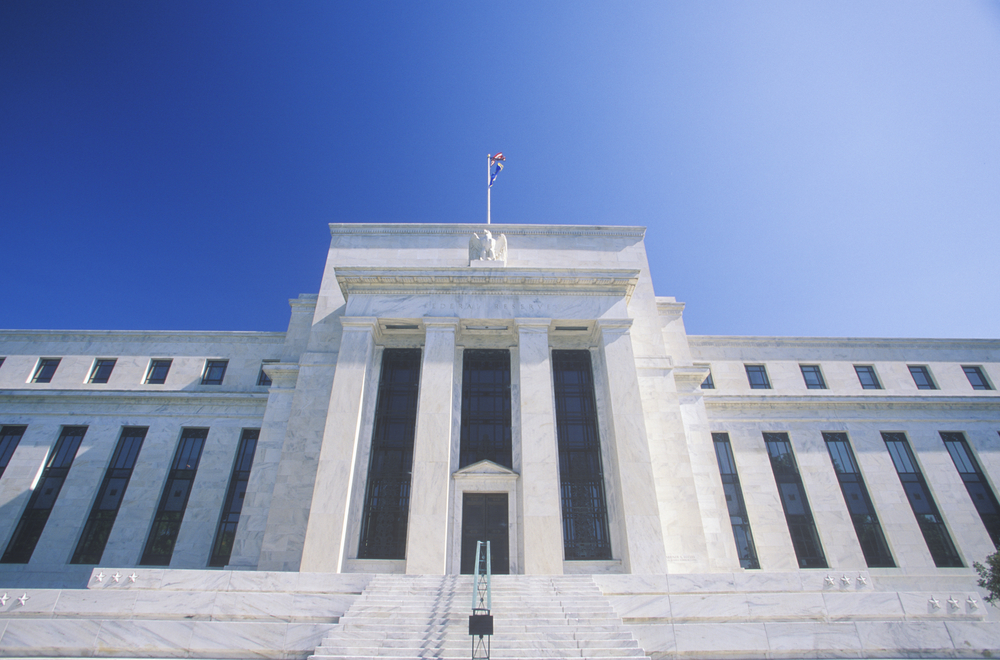Why the Fed Is Likely to Raise Rates in June
The market strongly expected that the Fed would hold interest rates steady in its April meeting. The result was consistent with public expectation. Now the bigger question is whether a rate increase will occur in June, the next FOMC meeting with a news conference and a release of economic projections.
In my view, under the current economic conditions, the Fed is very likely to choose June to raise interest rates, to follow up on the first rate hike in December of last year. My reasons are:
- The Fed has recognized the declines in energy prices as transitory effects, and such transitory effects have finally diminished. WTI crude oil, for instance, averaged $38.04/barrel in March, about 25 percent higher than the February average. In April, oil prices have continued to climb. As of today, the WTI has reached about $44/barrel. With oil prices no longer falling, consumer prices are likely to return to an upward trend. This trend is in support of higher interest rates.
- The Fed has been taking global risks, especially China’s slowdown, into careful consideration in its assessment of the U.S. economy. These risks have eased somewhat. The IMF recently revised its estimate of China’s economic growth this year up by 0.2 percent to 6.5 percent. The anxiety about global risks seems calmer now than in the beginning of the year. In today’s statement, global risks are dropped out.
- In the domestic economy, a continuously improving labor market is the main contributor to upward pressures on inflation and a positive outlook for economic growth. This calls for contractionary monetary policy, i.e. higher interest rates.
- According to the projections in March, seven of the 17 FOMC participants believed that three or more quarter-percentage-point rate increases in 2016 were appropriate, and nine believed there should be two increases. If the FOMC held its projection unchanged today or slightly revised down, given that there are only three big FOMC meetings (the meetings with a projections release and a news conference) scheduled for the rest of the year (June, September, and December), raising rates in June and considering doing it again in September or December or both makes more sense than other scenarios.
Click here to sign up for the Daily Economy weekly digest!









